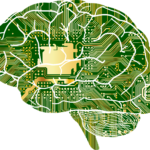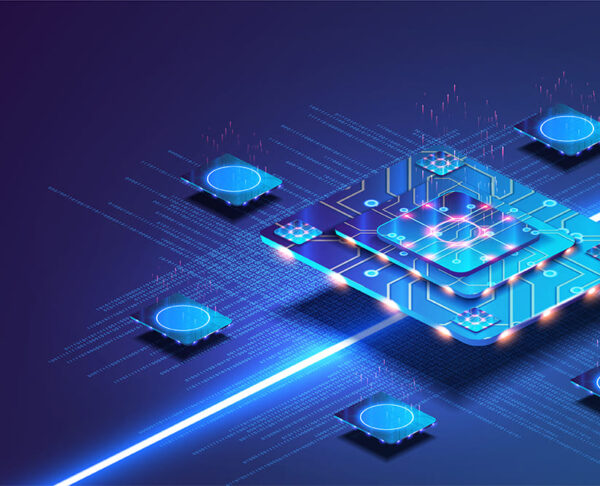Introduction
In the dynamic landscape of artificial intelligence, Artificial Neural Networks (ANNs) have emerged as a game-changer. Inspired by the human brain, ANNs have revolutionized industries like image recognition, medical diagnosis, and finance. This guide delves deep into the world of Artificial Neural Networks, covering their architecture, training process, real-world applications, and exciting future prospects.
Exploring the Neural Network Architecture
Artificial Neural Networks are composed of interconnected nodes, or neurons, arranged in layers. These layers include:
- Input Layer: Where initial data is received, with each neuron representing a feature.
- Hidden Layers: These intermediary layers extract key features from data, influencing the network’s capacity to identify complex patterns.
- Output Layer: Produces the final results, with the number of neurons depending on the task—binary or multi-class classification, for instance.
Mastering Training: Backpropagation and Gradient Descent
Training ANNs involves optimizing parameters to minimize prediction errors. Key techniques include:
- Backpropagation: Calculating gradients by traversing the network backward from output to input. This guides parameter adjustments.
- Gradient Descent: Iteratively adjusting parameters against gradient directions, minimizing errors and enhancing performance.
Applications Across Industries
Artificial Neural Networks have diverse applications, including:
- Image and Speech Recognition: Convolutional Neural Networks excel in recognizing images and speech, from self-driving cars to voice assistants.
- Healthcare: ANNs aid in medical image analysis, disease diagnosis, and drug discovery.
- Finance: Employed in stock prediction, fraud detection, and algorithmic trading for insightful decisions.
- Natural Language Processing (NLP): Recurrent Neural Networks and Transformers revolutionize NLP tasks for human-like text understanding and generation.
Promising Future Trends
Artificial Neural Networks are evolving rapidly, with future trends including:
- Explainable AI: Making ANNs more interpretable, crucial in healthcare and complex decision-making.
- Graph Neural Networks: Processing intricate data relationships, promising applications in social networks and drug discovery.
- Continual Learning: Enhancing ANNs’ ability to learn incrementally for evolving data scenarios.
Conclusion
Artificial Neural Networks have redefined machine learning, enabling computers to perform human-like tasks. Their learning prowess, pattern recognition, and adaptability are transforming industries and driving groundbreaking research. ANNs hold limitless potential, shaping a future where intelligent machines seamlessly integrate into daily life. Discover more about the power of Artificial Neural Networks in this comprehensive guide.




